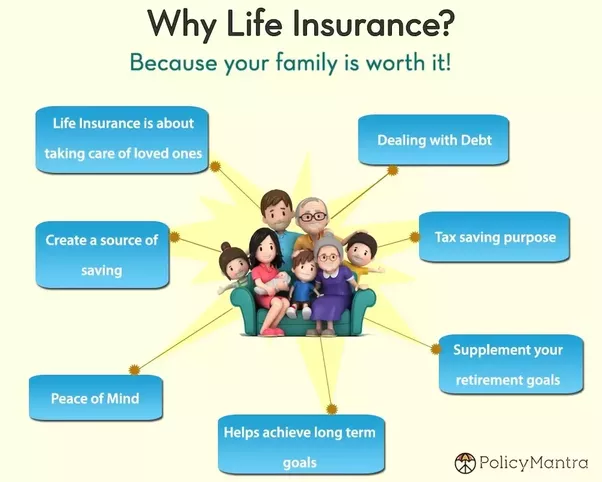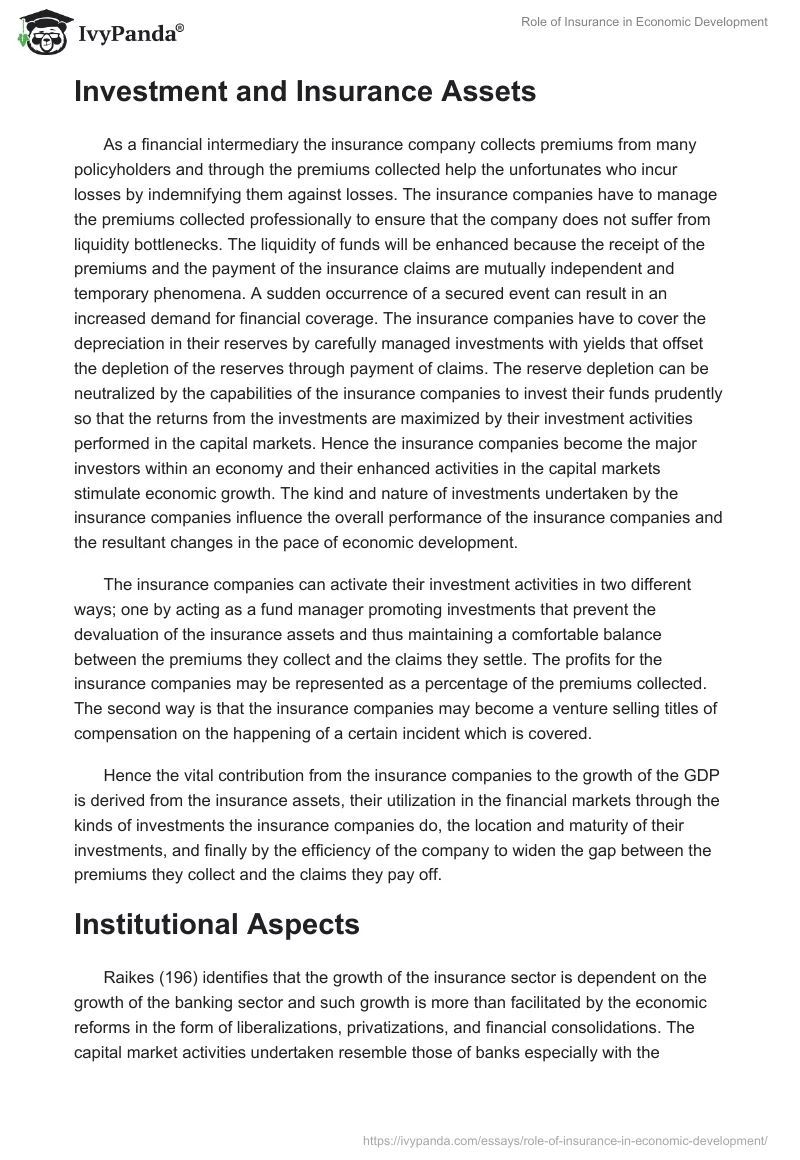Pacific Prime Fundamentals Explained
Table of ContentsThe Pacific Prime IdeasThe Pacific Prime DiariesThe 7-Second Trick For Pacific PrimeThe Pacific Prime StatementsAll About Pacific Prime

This is since the information were accumulated for a duration of solid financial efficiency. Of the estimated 42 million people who were without insurance, just about about 420,000 (regarding 1 percent) were under 65 years old, the age at which most Americans become eligible for Medicare; 32 million were adults in between ages 18 and 65, around 19 percent of all grownups in this age; and 10 million were kids under 18 years old, concerning 13.9 percent of all children (Mills, 2000).
These quotes of the variety of individuals uninsured are generated from the yearly March Supplement to the Current Populace Survey (CPS), carried out by the Demographics Bureau. Unless otherwise kept in mind, nationwide quotes of individuals without health and wellness insurance and percentages of the populace with different kinds of protection are based upon the CPS, the most commonly utilized source of price quotes of insurance coverage and uninsurance prices.
The smart Trick of Pacific Prime That Nobody is Discussing

Still, the CPS is especially helpful due to the fact that it generates annual estimates relatively promptly, reporting the previous year's insurance protection approximates each September, and since it is the basis for a regular collection of price quotes for more than twenty years, permitting for evaluation of trends in insurance coverage over time. For these reasons, as well as the substantial use of the CPS in various other studies of insurance protection that exist in this report, we count on CPS quotes, with constraints kept in mind.

The quote of the variety of uninsured individuals expands when a populace's insurance status is tracked for a number of years. Over a three-year period starting early in 1993, 72 million individuals, 29 percent of the U.S. https://slides.com/pacificpr1me. populace, lacked coverage for at the very least one month. Within a solitary year (1994 ), 53 million people experienced a minimum of a month without coverage (Bennefield, 1998a)
Six out of every ten without insurance grownups are themselves utilized. Although functioning does enhance the probability that and one's family members will have insurance policy, it is not a warranty. Also members of family members with 2 full-time wage earners have virtually a one-in-ten chance of being without insurance (9.1 percent uninsured rate) (Hoffman and Pohl, 2000).
Examine This Report on Pacific Prime
New immigrants account for a significant percentage of individuals without wellness insurance coverage. One evaluation has actually associated a substantial portion of the recent growth in the dimension of the united state uninsured population to immigrants who got here in the nation in between 1994 and 1998 (Camarota and Edwards, 2000). Recent immigrants (those who pertained to the United States within the past 4 years) do have a high rate of being uninsured (46 percent), however they and their kids make up just 6 percent of those without insurance policy country wide (Holahan et al., 2001).
The relationship between health insurance and accessibility to care is well established, as recorded later on in this chapter. Although the connection between wellness insurance coverage and wellness outcomes is neither direct neither simple, an extensive medical and wellness services research study literature links medical insurance coverage to enhanced accessibility to care, far better top quality, and enhanced individual and populace wellness status.
Levels of analysis for taking a look at the impacts of uninsurance. This conversation of wellness insurance coverage concentrates mostly on the united state population dig this under age 65 due to the fact that basically all Americans 65 and older have Medicare or various other public coverage. Additionally, it concentrates especially on those without any kind of medical insurance for any kind of size of time.
The smart Trick of Pacific Prime That Nobody is Talking About
The troubles faced by the underinsured are in some respects similar to those encountered by the without insurance, although they are usually less severe. Wellness insurance policy, nevertheless, is neither needed nor sufficient to obtain access to clinical solutions. The independent and direct impact of wellness insurance protection on accessibility to health solutions is well developed.
Others will get the healthcare they need even without wellness insurance, by spending for it expense or seeking it from suppliers who supply care cost-free or at very subsidized rates. For still others, health and wellness insurance coverage alone does not make certain receipt of care due to the fact that of other nonfinancial obstacles, such as a lack of healthcare suppliers in their neighborhood, minimal accessibility to transportation, illiteracy, or etymological and cultural differences.
The smart Trick of Pacific Prime That Nobody is Discussing
Formal study about without insurance populations in the United States dates to the late 1920s and early 1930s when the Board on the Price of Healthcare created a collection of records regarding funding doctor office sees and hospital stays. This issue became prominent as the varieties of clinically indigent climbed up during the Great Depression.